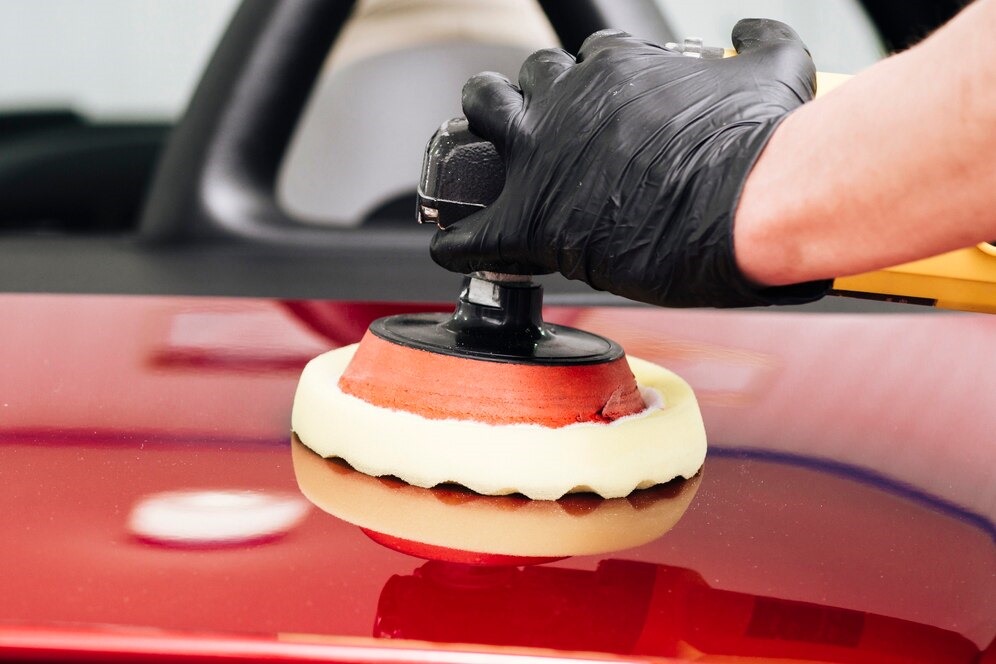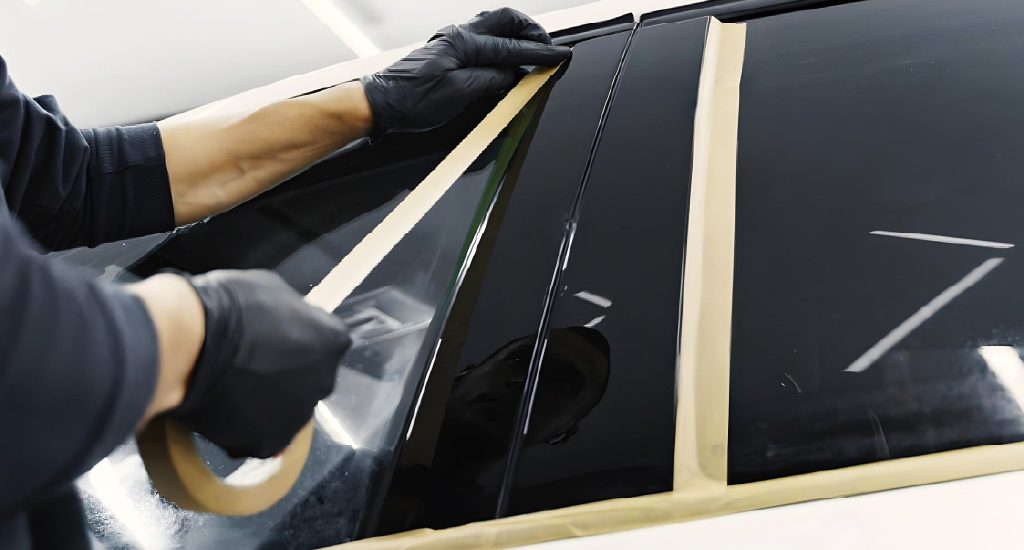The choice between polishing foam pads and wool pads depends on the specific task and desired outcome. Each type has its own unique characteristics, advantages, and disadvantages, making them suitable for different applications.
Types of Polishing Pads,
- Foam Pads: Foam pads are available in various densities, from soft to firm. They are typically used for removing light scratches, swirl marks, and oxidation.
Wool Pads: Wool pads are usually made from natural or synthetic materials. They are known for their aggressive cutting power and are often used for removing deeper defects, such as heavy scratches or paint transfer.
Uses
- Foam Pads: Ideal for:
- Light polishing and buffing
- Removing swirl marks and light scratches
- Applying waxes and sealants
- Wool Pads: Ideal for:
- Heavy cutting and correction
- Removing deep scratches and paint transfer
- Preparing surfaces for paint correction
Advantages of Foam Pads
- Less aggressive: Foam pads are gentler on paintwork, making them suitable for maintaining a high-gloss finish.
- Versatile: They can be used for various tasks, including polishing, buffing, and applying waxes and sealants.
- Easier to control: Foam pads offer better control and are less likely to cause swirl marks.
Disadvantages of Foam Pads
- Limited cutting power: Foam pads may not be effective for removing deep defects.
- Slower polishing: They can take longer to achieve desired results compared to wool pads.
Advantages of Wool Pads
- Aggressive cutting power: Wool pads can quickly remove deep scratches and paint transfer.
- Efficient polishing: They can achieve desired results in less time.
- Suitable for heavy correction: Wool pads are ideal for preparing surfaces for paint correction.
Disadvantages of Wool Pads
- More aggressive: Wool pads can be more prone to causing swirl marks if not used carefully.
- Requires more skill: Using wool pads effectively requires experience and technique.
- May not be suitable for all finishes: Wool pads may be too aggressive for delicate or sensitive finishes.
In Summary
- Foam pads are suitable for light polishing, buffing, and maintaining a high-gloss finish.
- Wool pads are ideal for heavy cutting, removing deep defects, and preparing surfaces for paint correction.
The best choice for a specific task depends on the severity of the defects, the desired outcome, and the experience level of the user. It is often recommended to start with a less aggressive foam pad and gradually move to a more aggressive wool pad if necessary.






